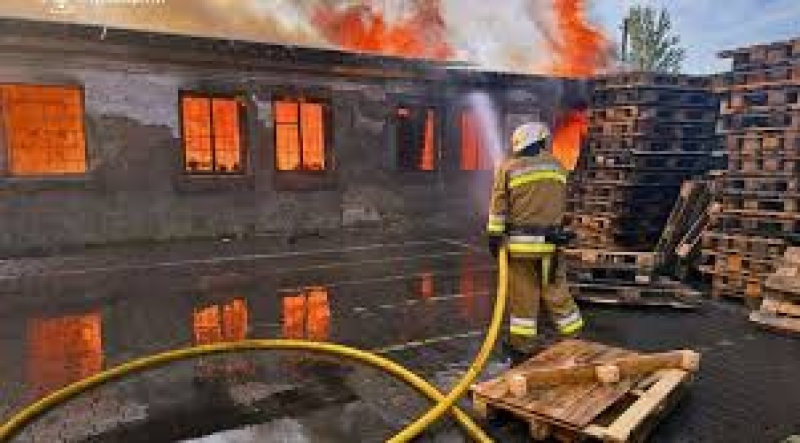- Trump considering military options on Greenland; Europe rejects |
- Fertiliser crunch threatens Kushtia’s onion boom despite high prices |
- Security Council Divided on United States' Venezuela Action |
- Over 1.53m voters register for postal balloting: Shafiqul Alam |
Russia launches 728 drones, 13 missiles at Ukraine: Air force

Russia launched a record 728 Shahed and decoy drones, along with 13 missiles, at Ukraine overnight, the Ukrainian air force said on Wednesday, marking a sharp escalation in aerial and ground attacks amid the more than three-year-long war.
Ukrainian President Volodymyr Zelenskyy said the northwestern city of Lutsk, near the borders with Poland and Belarus, was the hardest hit, although 10 other regions also came under attack.
Lutsk is home to airfields used by the Ukrainian army, with cargo planes and fighter jets frequently flying over the area. No casualties were immediately reported as emergency crews continued assessing the damage.
Russia has recently intensified its efforts to overwhelm Ukrainian air defenses by launching massive aerial assaults and incorporating more decoy drones. The latest strike surpassed Russia’s previous largest aerial assault, which occurred during the night of July 4 and the day that followed. Another major attack took place less than a week before that.
In parallel with these aerial offensives, Russia’s larger army has launched a new push along parts of the 1,000-kilometer (620-mile) front line.
U.S. President Donald Trump said Tuesday that he’s “not happy” with Russian President Vladimir Putin, who has not shifted from his ceasefire and peace demands since Trump assumed office in January and began advocating for a settlement.
Trump also said Monday that the U.S. would need to send more weapons to Ukraine, just days after Washington temporarily paused critical arms deliveries to Kyiv amid uncertainty over the U.S. administration’s long-term support for Ukraine’s defense.
According to a statement from Ukraine’s air force, air defenses shot down 296 drones and seven missiles overnight, while 415 additional drones were either lost from radars or successfully jammed.
President Zelenskyy noted that Ukraine’s interceptor drones—developed to counter Russia’s Shahed drones—are proving increasingly effective. He said most incoming targets were intercepted and that domestic production of anti-aircraft drones is being scaled up.
It is rare for Russia to target Ukraine’s western regions. Western military aid, including air defense systems, ammunition, and spare parts, typically arrives via overland routes through Poland and other neighboring NATO countries. These supplies are received at logistics hubs and airfields in western Ukraine.
From there, Ukrainian forces move the equipment to front lines or strategic locations across the country. The relative safety of the western regions has made them critical to Ukraine’s logistics network, though recent long-range Russian strikes increasingly aim to disrupt these supply corridors, reports UNB.

